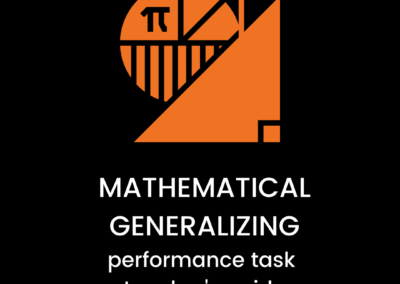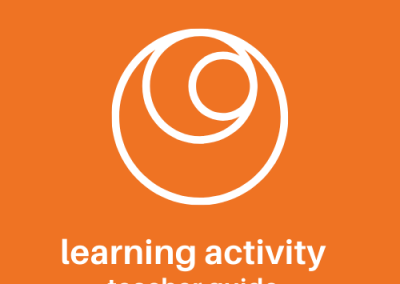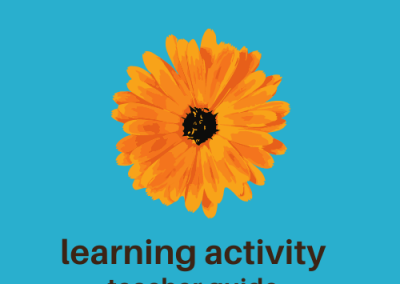Tap and Count
Preparation
- Determine the scope and potentially the topic of the writing assignment. This activity can be used for narratives or expository essays.
- Consider providing several models of well-structured short texts.
- Create a graphic organizer, or download one, that includes a TAP portion and a Count portion. The TAP portion should include three sections: “Task,” “Audience,” and “Purpose.” The Count portion should include three sections labeled 1, 2, and 3.
Activity Steps
1
Teacher reviews the basic elements of a five-paragraph expository essay or a short narrative, using several models to illustrate structure. Teacher introduces and explains the mnemonic TAP and the concept of counting to structure writing the body paragrap
Initially students will need a lot of direct instruction and modeling in using this mnemonic, but after several uses they should require only a brief reminder. Students can develop their own topics, or they can respond to a prompt or a question that you provide. This activity works well with both narratives and expository essays. The TAP mnemonic is meant to focus students’ writing, and should guide them in writing the introduction and conclusion of their composition. The count is meant to remind students that they should include at least three supporting paragraphs, and that these should reflect a logical sequence: a beginning, a middle, and an end.
2
T: Students consider what they are being asked to do. They write a description of their task in their graphic organizers, answering the question: “What am I supposed to do?”
This step can help focus students and ensures that they understand the assigned task.
3
A: Students consider who will read their compositions, and describe their readers in the “audience” section of their graphic organizers.
With enough practice students won’t need much review.
4
P: Students consider why they are writing, and describe their purpose in their graphic organizers.
You may want to provide students with sample purposes, or a list of sample verbs that they could use in writing their purposes, such as: · Inform · Persuade · Express · Share · Teach · Explain · Explore · Compare · Dispute · Examine
5
Count: Students identify what information or ideas should go in the body of their compositions in order to achieve their purposes. They determine the most logical order for these supporting ideas, and write them in the “1,” “2,” and “3” boxes of the “coun
If students are writing narratives, help them to focus on the beginning, middle, and end of their stories. If they are writing expository essays, help them consider the most logical sequence of points to support their main idea. Students writing longer compositions may eventually have more than three supporting arguments, which is fine. Just make more spaces in the Count section of the graphic organizer.
6
Using their completed graphic organizers as guides, students write their compositions.
Generally, each of the “counts” will serve as the topic of a body paragraph, and the student’s consideration of task, audience, and purpose should help to guide them in writing their introduction and conclusion.
7
Students get into pairs and read their compositions to a partner. Students discuss whether the compositions have achieved their purposes, and whether the order of the body paragraphs is logical and complete. Students revise accordingly.
This is a great time to confer with pairs of students, to listen to their pieces, and to help them to develop solid and well-reasoned compositions.
8
Alone or in groups, in conversation or in writing, students reflect on their learning process.
Students respond to questions including: · How did this activity affect your ability to plan your writing? · How did this activity affect your ability to carry out your writing? · How might you use this strategy in your independent writing?

























